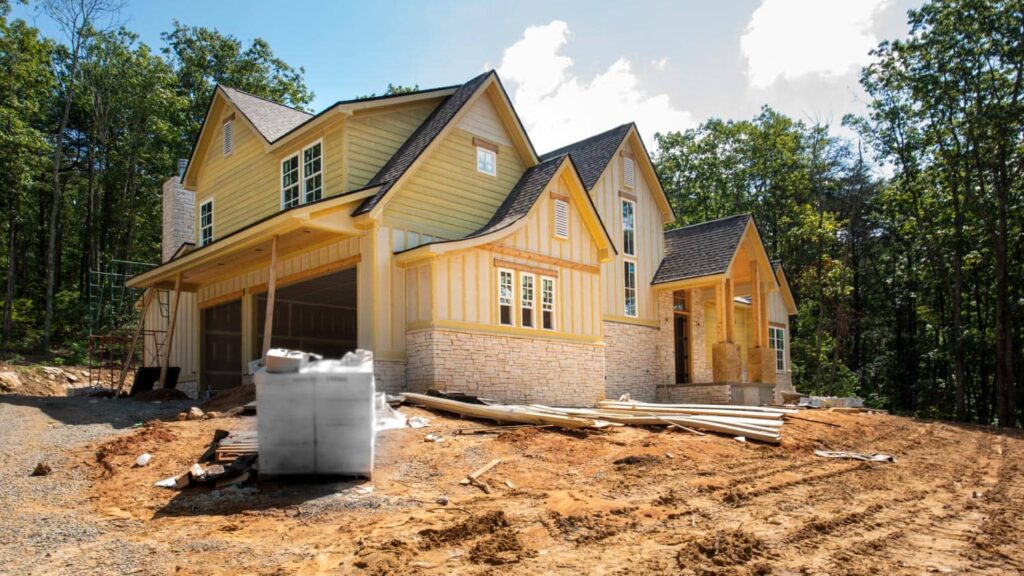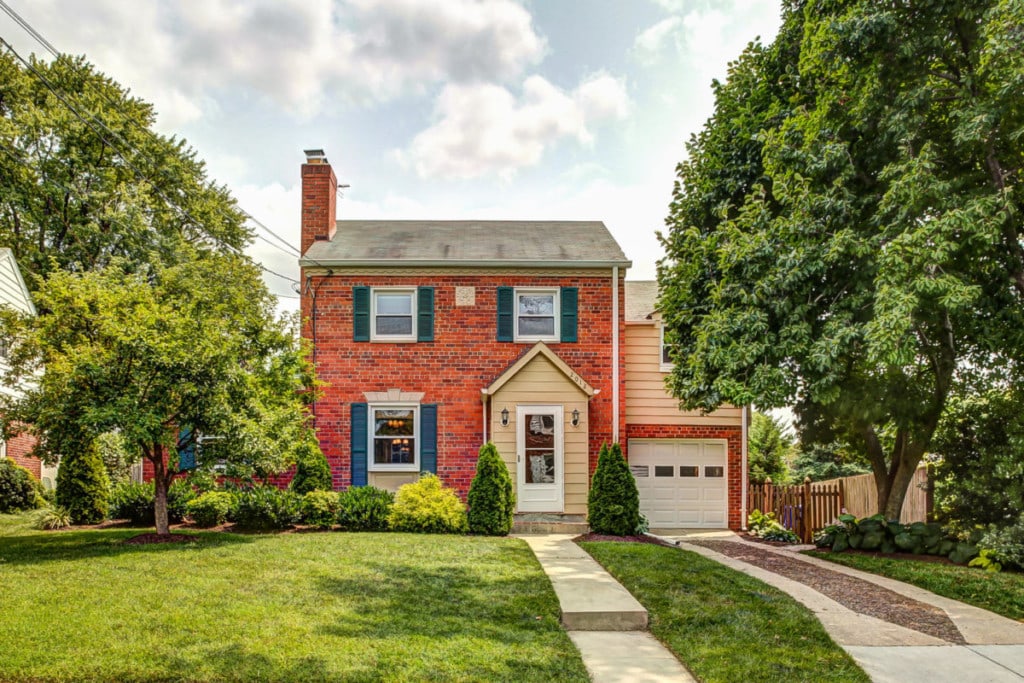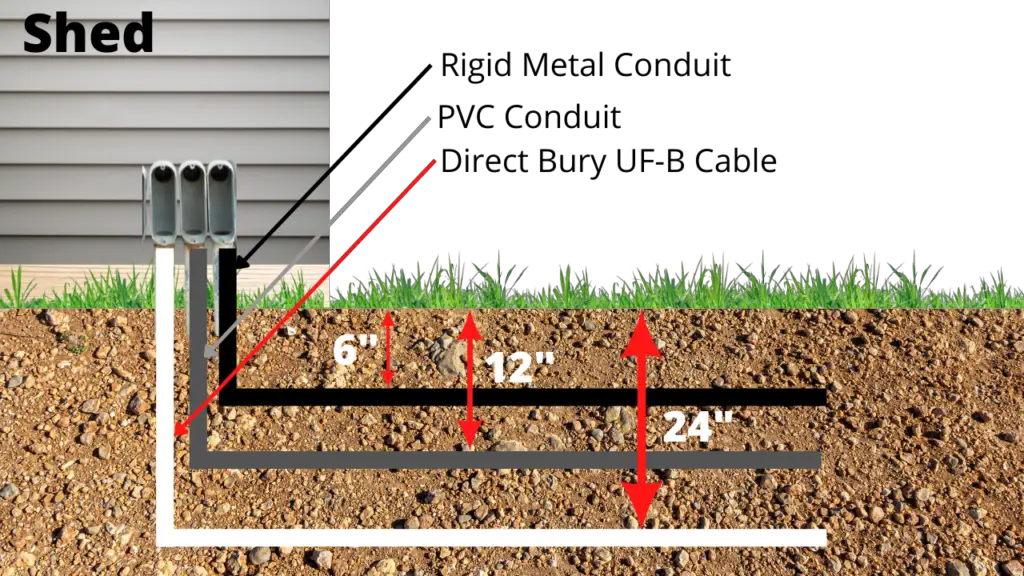Imagine this scenario: you’re itching to start a new home improvement project in Washington state, full of excitement and visions of your dream space coming together. But wait, have you obtained the necessary permit for your construction? Building without a permit in Washington state can lead to a range of consequences. In this article, we’ll explore what can happen if you choose to skip the permitting process, providing you with a comprehensive understanding of the potential risks involved. So, before you break out the toolbox and start hammering away, let’s delve into the world of building permits and the importance of following the regulations in Washington state.


Consequences of Building Without a Permit
Civil Penalties
Building without a permit in Washington State can come with several consequences. One of the main consequences is the imposition of civil penalties. When you build without a permit, you are essentially violating zoning and building regulations set in place by the local government. As a result, you may be subject to fines or monetary penalties as determined by the local jurisdiction. These penalties can vary depending on the severity of the violation and can quickly add up, causing significant financial strain.
Code Violations
Another consequence of building without a permit is facing code violations. Building codes are in place to ensure that construction projects meet necessary safety standards. When you skip the permit process, you are bypassing the necessary inspections that ensure your project complies with these codes. If your construction is found to be non-compliant, you may receive a code violation notice. This can lead to additional fines, mandatory corrections, and delays in completing your project.
Stop Work Orders
Building without a permit can result in stop work orders. Once it is discovered that construction is taking place without the required permit, the local building department may issue a stop work order. This means that all work on the project must cease immediately until proper permits are obtained. This can cause significant delays in your construction timeline and potentially disrupt your overall plans.
Demolition and Corrective Action
In some cases, building without a permit may result in even more drastic consequences, such as demolition and corrective action. If your unpermitted construction is deemed unsafe or in violation of building codes, you may be required to demolish or remove the structure entirely. This can be a costly and time-consuming process, not to mention the loss of all the time, effort, and money you invested in the project.
Difficulty Selling or Insuring Property
Building without a permit can also have long-term consequences when it comes to selling or insuring your property. Potential buyers may be hesitant to purchase a property with unpermitted additions or construction due to the potential legal and financial risks. Additionally, insurance companies may be unwilling to provide coverage for any unpermitted structures. This can greatly limit your options and potentially decrease the value of your property.
Legal Process for Building Without a Permit
Violation Notices
If you build without a permit in Washington State, you may receive a violation notice from the local building department. This notice will inform you of the specific violations and the necessary actions you must take to rectify the situation. It is important to take these violation notices seriously and address the issues promptly to avoid further legal complications.
Appeals
If you believe that the violation notice was unjust or if you want to challenge the penalties imposed, you may have the option to appeal the decision. Appeals processes can vary depending on the local jurisdiction, but generally, you will need to submit a written appeal explaining your reasons for contesting the violation. It is advisable to seek legal counsel to navigate the appeals process to increase your chances of a successful outcome.
Hearings
In some cases, building without a permit may lead to administrative hearings. These hearings provide an opportunity for you to present your case and defend your actions. It is important to be prepared with any supporting evidence or documentation to support your position. The outcome of these hearings can impact the penalties or corrective actions you may face.
Administrative Penalties
Administrative penalties are another potential consequence of building without a permit. These penalties are determined by the local jurisdiction and can include fines, additional fees, or other mandated corrective actions. The severity of these penalties can vary depending on the extent of the violation and the discretion of the regulatory authority.
Legal Action
Building without a permit can also result in legal action being taken against you. If you fail to comply with the violation notices, appeals, or administrative penalties, the local building department may escalate the matter to the court system. Legal action can lead to further financial consequences, legal fees, and potential injunctions or orders to cease all construction activities.


The Importance of Permits
Ensuring Safety
Obtaining permits for your construction projects is essential for ensuring safety. Building codes and permit processes are in place to protect the occupants of the structure and the surrounding community. The permitting process includes inspections at various stages of construction to verify that the work is being done correctly and meets the necessary safety standards. Skipping this process can put the safety of individuals at risk.
Complying with Building Codes
Building codes are established to regulate the construction industry and ensure that buildings are constructed to a certain quality standard. By obtaining permits and complying with building codes, you are ensuring that your project meets these standards. This not only protects the safety of occupants but also contributes to the overall integrity and longevity of the structure.
Protecting Property Values
Another important reason to obtain permits is to protect property values. When construction is done according to proper permitting processes, it assures potential buyers that the property has been built according to legal requirements and undergone necessary inspections. Unpermitted construction, on the other hand, can lead to doubts about the quality, safety, and legality of the structure, potentially causing property values to decrease.
Financial Consequences
Building without a permit can have significant financial consequences. As mentioned earlier, you may face civil penalties, code violations, and potential demolition or corrective action expenses. Additionally, the difficulties in selling or insuring your property due to unpermitted construction can limit your options and potentially decrease the value of your investment. It is crucial to consider the potential financial implications before proceeding with unpermitted construction.
Avoiding Legal Troubles
Building without a permit can lead to various legal troubles. From violation notices to administrative penalties and potential legal action, the consequences can be time-consuming, costly, and stressful. By obtaining permits and following the proper legal processes, you can avoid unnecessary legal complications and focus on completing your construction project with peace of mind.
Know When a Permit Is Required
Types of Projects Requiring Permits
It is essential to have a clear understanding of the types of projects that require permits. While the specific requirements may vary between jurisdictions, some common examples include:
- New construction or additions to existing structures
- Structural changes or alterations
- Electrical, plumbing, or HVAC system installations or modifications
- Projects involving changes to the building’s use or occupancy
- Demolition or removal of structures
- Excavations or grading work
Always check with your local building department or consult with professionals to determine if your project falls under the permit requirements.
Exemptions from Permit Requirements
Certain projects may be exempt from permit requirements under specific circumstances. For example, minor repairs or maintenance work that does not involve structural changes or alterations may not require permits. However, it is crucial to verify these exemptions with the local jurisdiction to ensure compliance. Mistakenly assuming a project is exempt from permits can lead to violations and penalties.
Understanding Permitting Processes
Each jurisdiction may have its own permitting processes. It is important to familiarize yourself with these processes to ensure a smooth and legally compliant construction project. The steps generally include:
- Research and gather information about the necessary permits and requirements.
- Prepare and submit a permit application along with any required documentation or plans.
- Pay the relevant permit fees.
- Wait for permit approval or undergo any necessary inspections.
- Once approved, adhere to any specific requirements or restrictions outlined in the permit.
- Complete specified inspections at various stages of construction.
- Obtain final approval and necessary certificates before occupancy.
Following these steps will help ensure that your construction project is legally permitted and compliant with local regulations.


Avoiding Unpermitted Construction
Research Local Building Regulations
Before starting any construction project, it is crucial to research and understand the local building regulations. Familiarize yourself with the zoning laws, building codes, and permit requirements specific to your jurisdiction. This knowledge will help you determine which permits are necessary and ensure that your project complies with all applicable regulations.
Consult with Professionals
Consulting with professionals can provide invaluable guidance when it comes to navigating the permitting process. Architects, engineers, contractors, or legal experts specializing in construction law can help you understand the requirements, prepare permit applications, and ensure compliance with building codes. Their expertise can save you time, money, and potential legal troubles in the long run.
Submit a Permit Application
Once you have gathered all the necessary information and consulted with professionals, it is time to submit your permit application. Follow the guidelines provided by the local building department and ensure that you include all the required documentation, plans, and fees. Submitting a complete and accurate application will help expedite the permit approval process.
Understand the Process Timelines
Permit review and approval processes can take time, so it is important to plan for potential delays. Understanding the estimated timelines for permit processing in your jurisdiction will help you set realistic expectations and avoid unnecessary frustrations. It is crucial to plan your construction schedule accordingly to ensure a smooth and uninterrupted project.
Schedule Inspections
As part of the permitting process, inspections will be required at various stages of your construction project. These inspections verify that the work is being done according to the approved plans and meets necessary safety standards. Schedule these inspections promptly and ensure that you are available to accommodate the inspectors. Failing inspections can result in additional delays and complications.
Building Permit Violations in Washington State
Unpermitted Construction
Building without a permit is a common permit violation in Washington State. If any construction work is done without the necessary permits, it is considered unpermitted construction. This violation can have severe consequences, including civil penalties, code violations, and potential demolition or corrective actions.
Failing to Meet Building Codes
Another common permit violation is failing to meet building codes. Building codes are in place to ensure the health, safety, and welfare of occupants and the community. If your construction is found to be non-compliant with these codes, you may face code violations and additional penalties.
Alterations without Approval
Making alterations or modifications to a structure without proper approval is also a permit violation. Any substantial changes to the structure, including structural, electrical, plumbing, or HVAC modifications, generally require permits. Performing these alterations without obtaining the necessary permits can result in code violations and legal complications.
Occupying a Structure Without a Certificate of Occupancy
A certificate of occupancy is typically required before a structure can be legally occupied. It certifies that the construction has been completed according to permitted plans and meets all the necessary safety requirements. Occupying a structure without a valid certificate of occupancy can result in penalties and legal issues.
Building Beyond Approved Plans
Once you obtain a permit, you must adhere to the approved plans throughout the construction process. Making significant changes beyond the scope approved by the permit can lead to code violations and potential legal consequences. It is essential to communicate with the building department and obtain necessary approvals for any changes or modifications during construction.


Consequences for Residents and Property Owners
Safety Risks
Building without a permit can pose significant safety risks. Without proper inspections and adherence to building codes, the construction may not meet necessary safety standards. This increases the potential for accidents, structural failures, or other hazards that could harm occupants or neighboring properties.
Legal and Financial Troubles
Residents and property owners who build without permits may face legal and financial troubles. This includes civil penalties, code violation fines, potential demolition or corrective actions, and legal fees associated with defending violation notices or facing legal action. These consequences can be financially burdensome and disrupt your plans for the property.
Difficulty Selling or Transferring Property
Unpermitted construction can make it challenging to sell or transfer your property. Potential buyers may be hesitant to purchase a property with unpermitted additions or alterations due to the potential legal and financial risks involved. Additionally, insurance companies may be reluctant to provide coverage for unpermitted structures. These factors can limit your options and potentially decrease the value of your property.
Consequences for Contractors and Builders
License Suspension or Revocation
Contractors and builders who engage in unpermitted construction may face severe consequences. In Washington State, building without a permit is a violation of the contractor’s license requirements. Contractors found guilty of repeated unpermitted construction may face license suspension or even revocation, severely impacting their ability to conduct business.
Civil Penalties
Contractors and builders may also face civil penalties for building without a permit. These penalties can include fines or monetary damages, which can significantly impact the financial stability and reputation of the contractor or builder.
Increased Liability
Engaging in unpermitted construction can increase liability for contractors and builders. If any accidents or property damage occur as a result of the construction, the lack of necessary permits and compliance with building codes may lead to higher liability claims and potential lawsuits.
Damage to Reputation
Unpermitted construction can damage a contractor or builder’s reputation within the industry and among potential clients. Building without a permit displays a lack of professionalism and adherence to legal requirements, which can deter future clients and compromise business opportunities.
Loss of Future Business Opportunities
The consequences of building without a permit can ultimately lead to a loss of future business opportunities. Contractors and builders with a tarnished reputation, suspended license, or legal troubles may struggle to find new contracts or secure clients in the future.


Guidelines for Correcting Unpermitted Construction
Contact the Building Department
If you discover that you have engaged in unpermitted construction, it is important to contact the local building department promptly. Explain the situation and seek guidance on the necessary steps to address the violation. Working closely with the building department will help ensure that you follow the correct procedures to rectify the situation.
Apply for a Retroactive Permit
One option for correcting unpermitted construction is to apply for a retroactive permit. A retroactive permit allows you to legalize the unpermitted work by submitting the necessary documentation, plans, and fees after the construction has already taken place. The building department will review the application and conduct any required inspections to determine if the construction meets the necessary standards.
Pay Any Required Fees or Fines
As part of the corrective process, you may need to pay any required fees or fines associated with the unpermitted construction. These fees can include permit fees, administrative penalties, or outstanding fines resulting from violation notices. It is crucial to fulfill these financial obligations promptly to avoid further legal complications.
Submit Necessary Documentation
When applying for a retroactive permit or addressing the unpermitted construction, you will likely need to prepare and submit necessary documentation. This can include construction plans, engineering reports, photographs, or any other evidence to prove that the work meets the required standards. Consult with professionals if needed to ensure that your documentation is comprehensive and compelling.
Schedule Inspections for Approval
Once you have applied for a retroactive permit, the building department may require inspections to verify the compliance of the unpermitted construction. Schedule these inspections promptly and ensure that the work meets all necessary safety and building code requirements. It is important to address any deficiencies identified during the inspection to avoid further penalties or complications.
Conclusion
Building without a permit in Washington State can have serious consequences for both individuals and professionals involved in the construction process. From civil penalties and code violations to potential legal action and reputational damage, the risks are significant. It is crucial to understand the permitting processes, comply with building codes, and seek professional guidance to ensure a legally compliant and safe construction project. By following the guidelines, avoiding unpermitted construction, and promptly addressing any violations, you can protect yourself, your property, and your reputation in the construction industry. Remember: Building with a permit is the responsible and legal way to proceed with any construction project.







